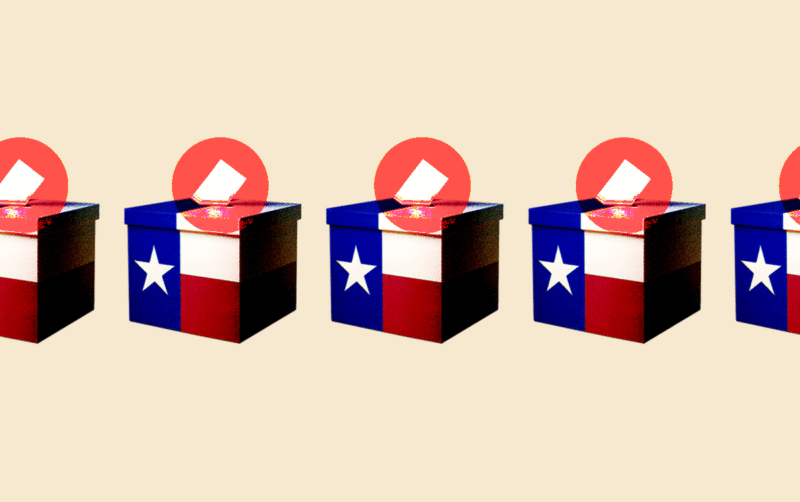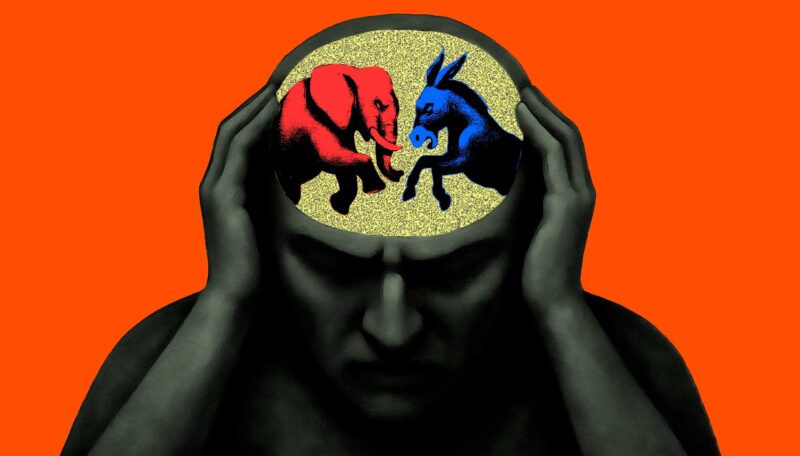Editorial
Part of Builders Texas
The Biggest Issue on Texas Ballots this November? Property Taxes
Property taxes will dominate the Texas ballot this November. Year after year, the issue ranks right up there with inflation and immigration as a top concern among Texans.
Despite decades of promises, lawmakers still can’t create lasting solutions for the property tax system. The taxes are crucial for funding schools and essential services, but homeowners, renters, and small business owners are finding the burden increasingly impossible to bear.
This November, voters will decide whether billions more in property tax cuts live or die at the ballot box.
Why Texans Feel the Squeeze
Texas homeowners now pay some of the highest property tax rates in the country. That’s largely because the state has no income tax, leaving local governments to shoulder the responsibility of funding schools, fire departments, police, and infrastructure through property taxes. As Texas continues to grow rapidly, that burden has only intensified.
In many parts of the state, home appraisals are rising far faster than wages—even as market values start to cool. For families already struggling with mortgage payments, insurance, and utilities, that means tax bills that climb regardless of whether their homes are actually worth more.
School districts take the biggest share of these taxes—roughly half of every property tax dollar. Under the state’s “Robin Hood” recapture system, wealthier districts are required to send excess revenue back to the state to help fund poorer ones. While the intent is to equalize opportunity, it often forces local districts to raise rates to meet their own needs while still complying with state mandates. The result is a feedback loop: higher taxes, more resentment, and continued pressure on both schools and taxpayers.
Why Lawmakers Struggle to Fix It
Every legislative session brings a new round of promises for relief, but most plans simply shift the burden from one pocket to another.
Consider the massive $51 billion property tax relief passed earlier this year. The average homeowner will save a few grand, but funding has to come from somewhere. The state will dip into its surplus tax dollars to fund schools and services, but once the surplus runs dry, local governments are forced to raise property taxes again to make up the difference. They also compensate for lost revenue with higher sales taxes, fines, or sneaky fees on services like utilities.
The debate has created a rift between local governments and the state. Local officials warn that caps on city and county tax growth are already squeezing their ability to provide basic services, while the state blames “runaway local spending.”
Others argue Texas should hold onto its surplus as we stare down an uncertain economic future. The Texas economy remains strong for now, but growth has slowed. Tariff uncertainty, lower levels of immigration, declining oil prices, and federal spending cuts have created new risks. The Federal Reserve Bank of Dallas warned in May that the state’s economy could face serious headwinds if these trends continue.
What’s on the Ballot This November
Of the $51 billion in tax cuts that passed earlier this year, $44.5 billion will go toward:
- Paying school districts so they can keep property tax rates lower.
- Funding the current $100,000 homestead exemption—a limit on how much of a home’s value can be taxed—which voters already approved in 2023.
Those aren’t new tax breaks. They’re the cost of keeping past cuts alive.
The real action this November comes from roughly $6–10 billion in new tax relief measures that require voter approval. Here are the big ones:
Proposition 13 would raise the homestead exemption from $100,000 to $140,000.
Proposition 11 increases the additional exemption for the elderly and disabled from $10,000 to $60,000.
Proposition 9 offers small businesses a break by exempting up to $125,000 of tangible personal property (such as equipment or inventory) per location.
Proposition 17 exempts property value increases tied to border security infrastructure built on private land in border counties.
One caveat: Economists say renters likely won’t see much benefit. Landlords may pocket the savings or offset them with maintenance and insurance costs, meaning the relief rarely trickles down.
Locally, Austin voters will also weigh Proposition Q, a city measure asking for a 20% property tax increase to help close a $33 million budget deficit and maintain city services.
Propositions 13 and 11 have seen broad bipartisan support. The others have proven more divisive.
The Property Tax Paradox
Here’s the paradox at the heart of all this: Texans hate property taxes but also rely on them to fund nearly everything that makes a community work. Everyone wants lower rates, but no one wants to lose good schools, safe neighborhoods, or smooth roads.
Real reform will require more than tweaking numbers. As long as we keep demanding quick fixes instead of long-term solutions, we’ll keep ending up right back here every election year — frustrated, divided, and paying more for less.
So the next time a candidate promises “lower property taxes,” don’t just nod along. Ask questions like:
- How do you plan to replace the funding for our schools and services?
- How do you plan to keep the relief going longer than one election cycle?
- How will you make sure both small towns and big cities get resources fairly?
Real accountability starts when voters stop settling for easy answers and start demanding honest ones.
The property tax paradox isn’t just a policy problem. It’s an invitation. If we can come together to design a system that’s fair, transparent, and forward-looking, we can finally turn frustration into progress.
— Alex Buscemi (abuscemi@buildersmovement.org)
Keep Reading

The Dangerous Mindset Spreading Across America: Cultural Nihilism Among Gen Z

The Biggest Issue on Texas Ballots this November? Property Taxes
